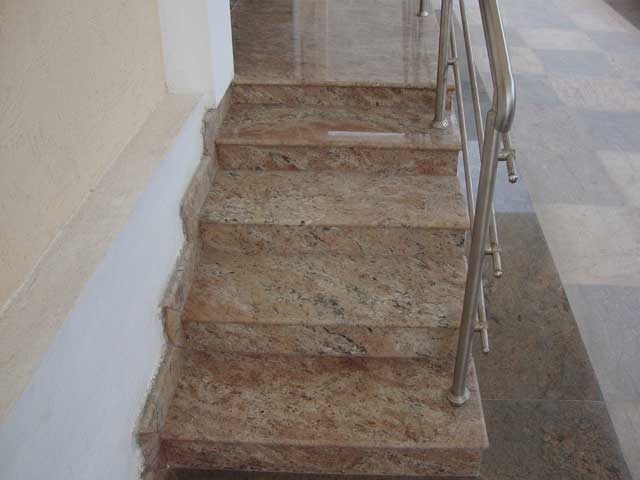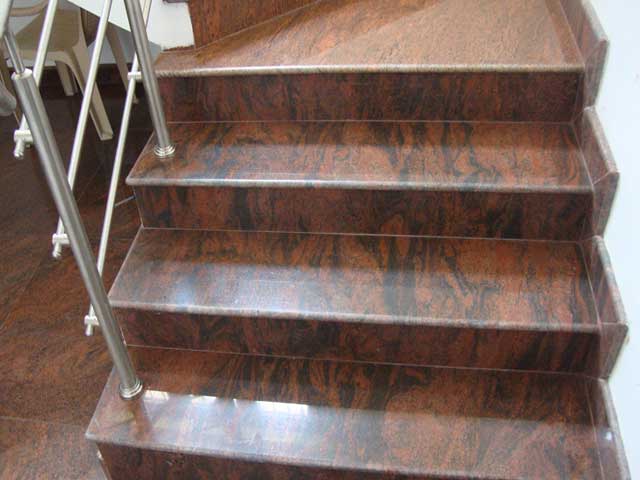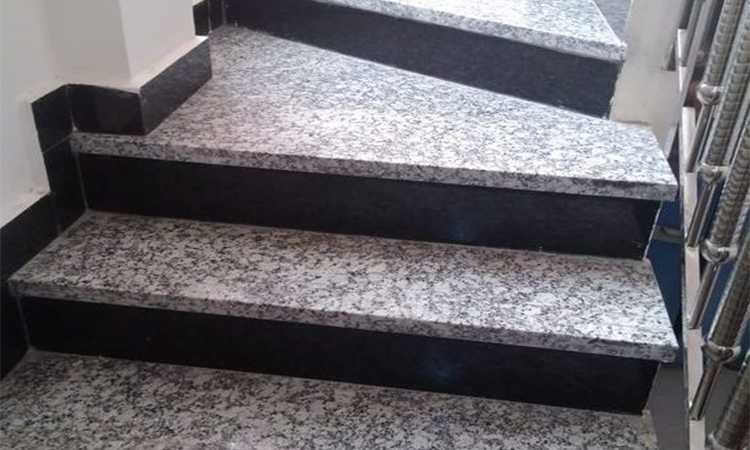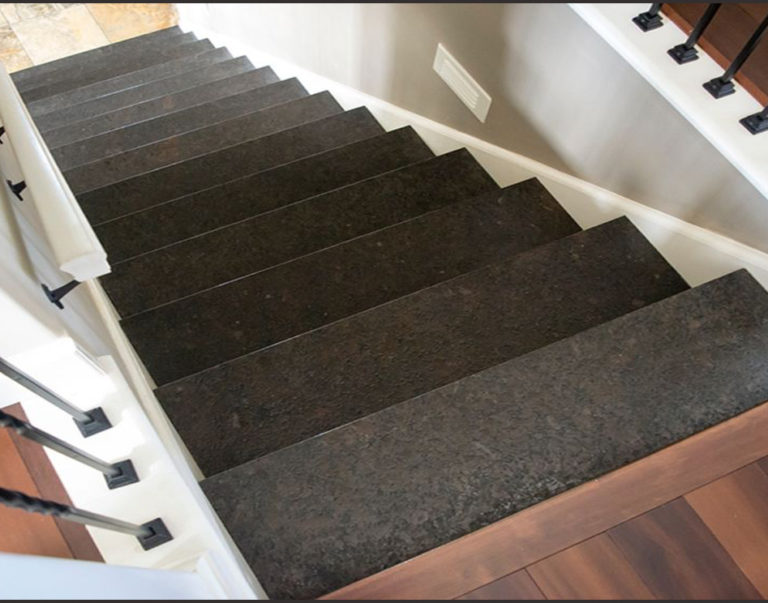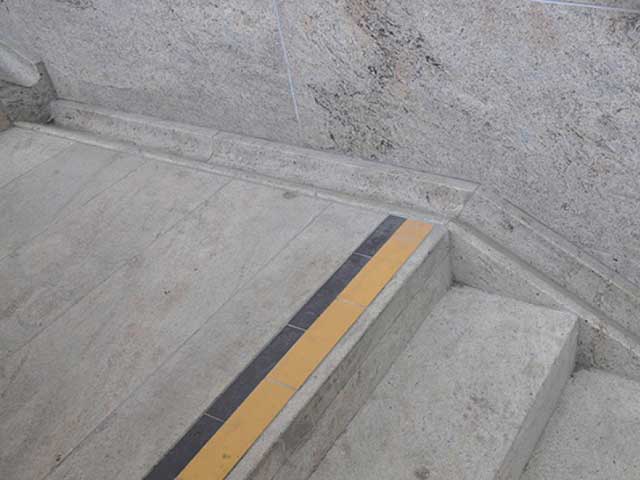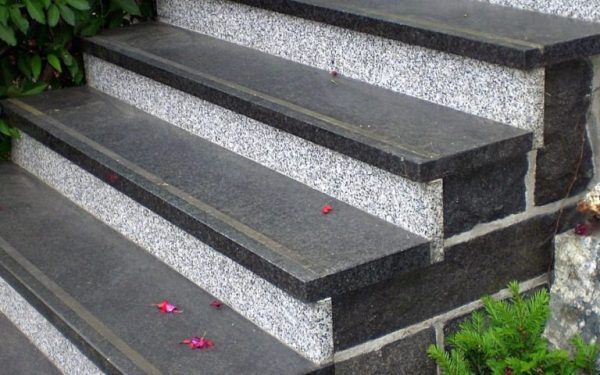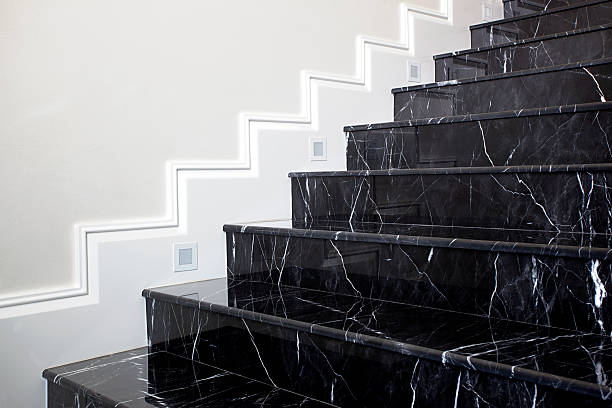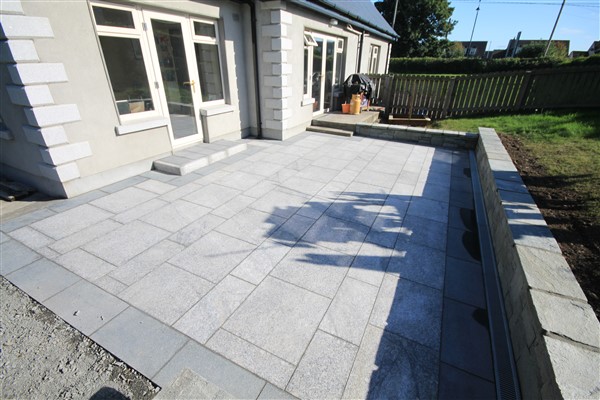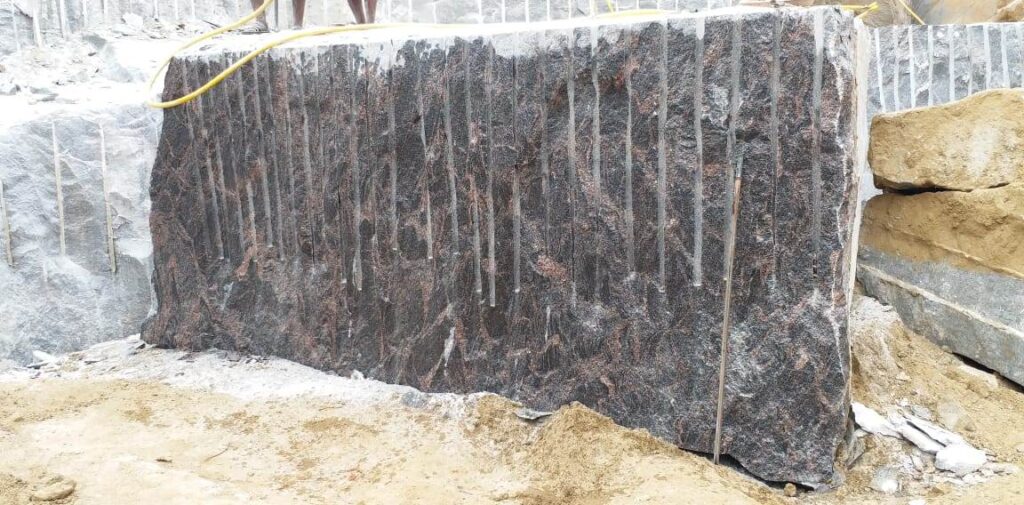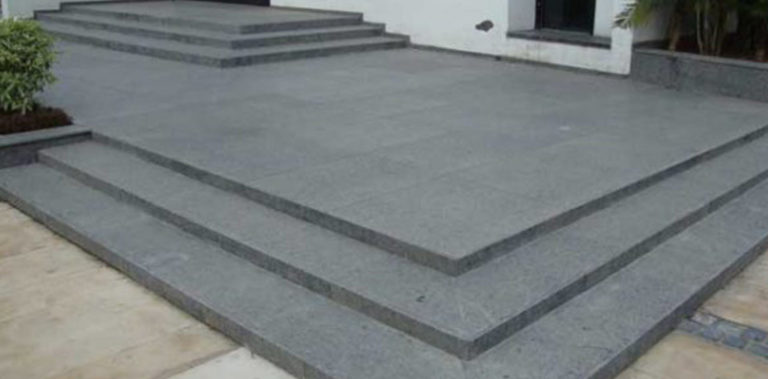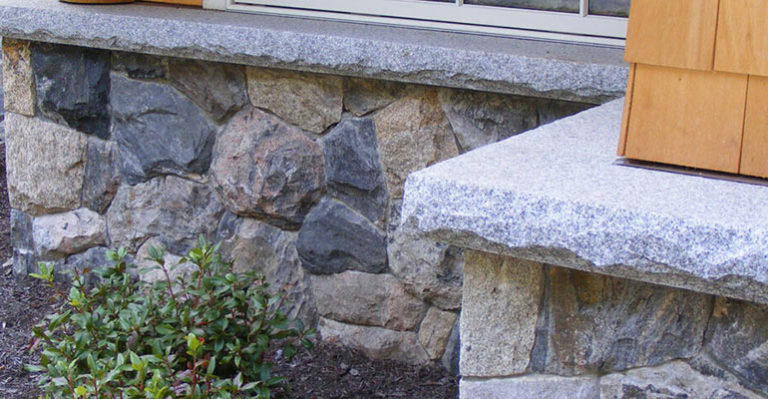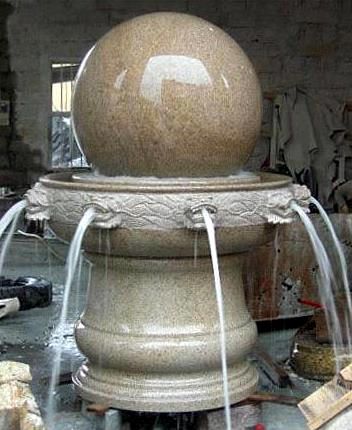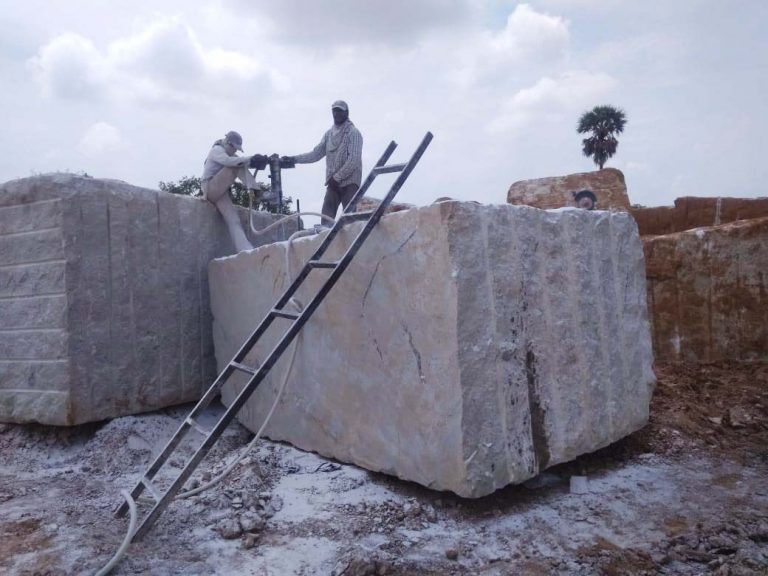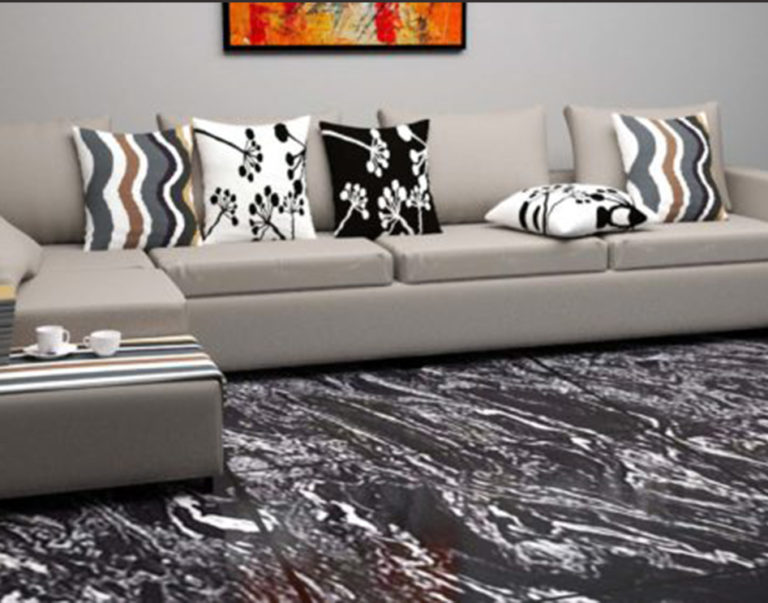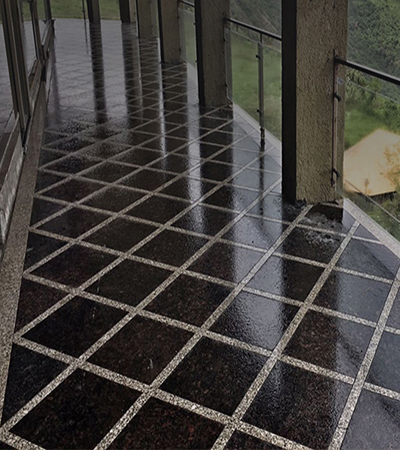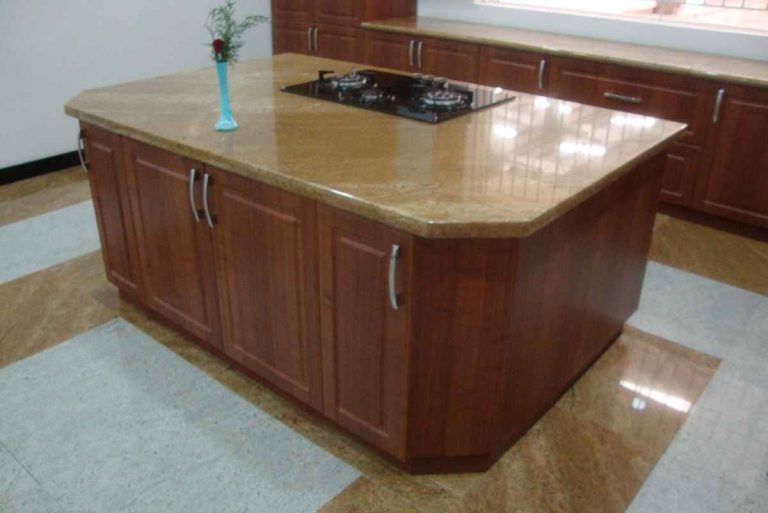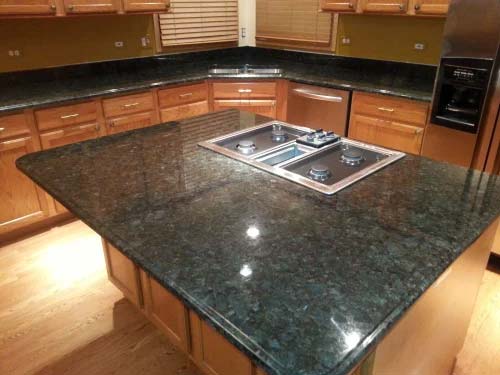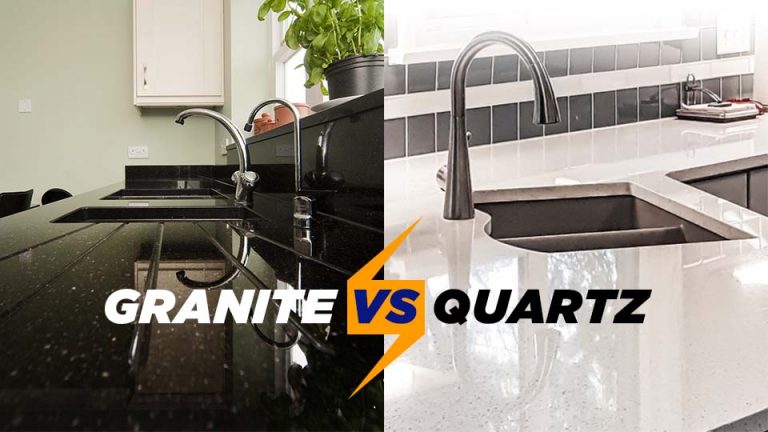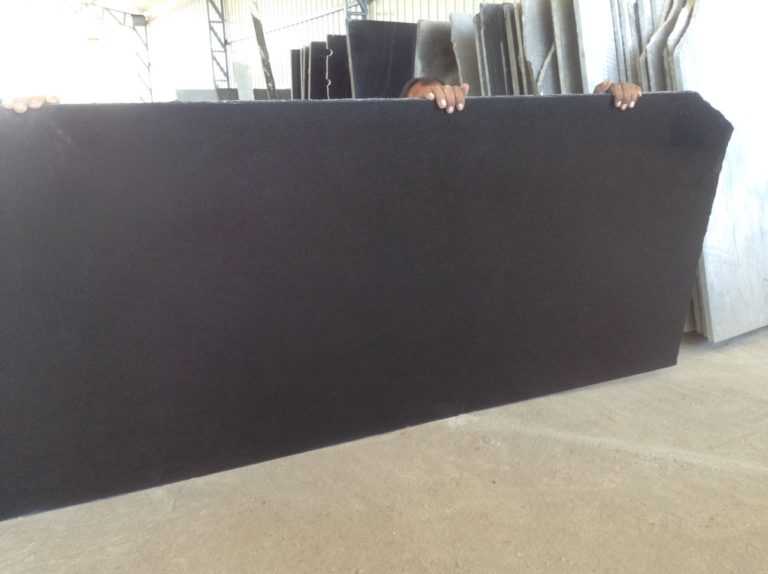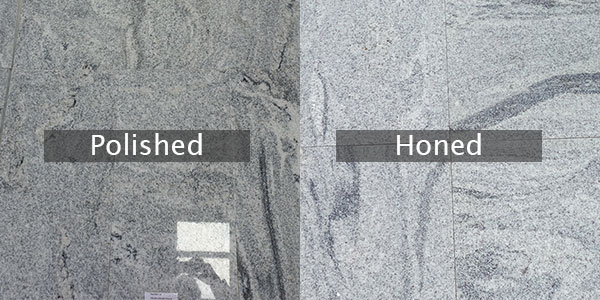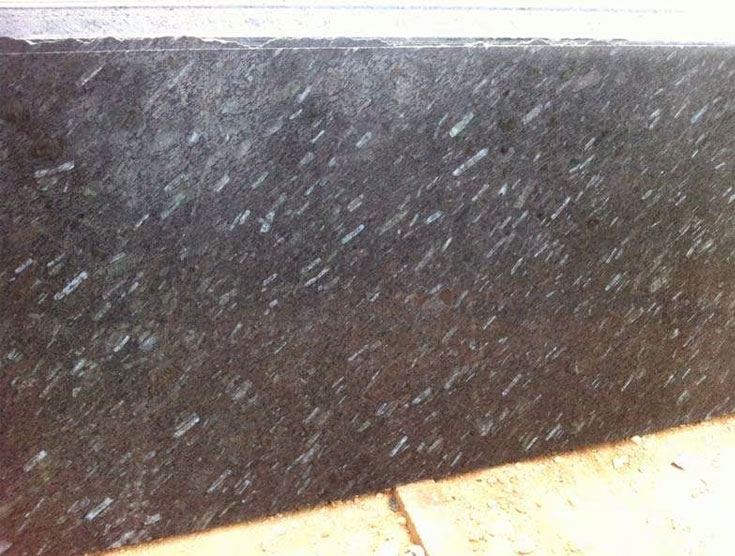Granite is one of the most popular natural stones used in a wide range of construction applications worldwide. Aside from being sturdier and durable, granite also emerges as the best choice among architects due to its availability in numerous colors and surface patterns. Granite is broadly classified into two color tones – light and dark. Though there is no set pattern for their usage in various applications, dark granite colors are mostly preferred indoors.
Why choose dark granite colors?
Dark granite adds a striking visual element to your exterior or interior design that makes it stand out from the crowd. Dark granite colors mainly contain black and white swirls and patterns than other natural stones, yet they still tend to create a statement of luxury, modernity, and one-of-a-kind style.
Many homeowners choose from different dark granite colors to create a dramatic effect, particularly in their kitchens and baths. Adding dark granite can give any kitchen a unique appearance, even if you are merely remodeling it. Granite may work well with the design features, which is another compelling argument to employ it in a makeover.
It will always stand out, whether it is the sink, cabinets, or flooring made of dark granite. The best color to mix and match with other colors is black. Black draws attention to other colors that are currently used in your bathroom or kitchen decor. Nevertheless, when combined with white or lighter islands and cabinets, the black granite creates a striking contrast. Imagine having decor with neutral tones and a black granite floor.
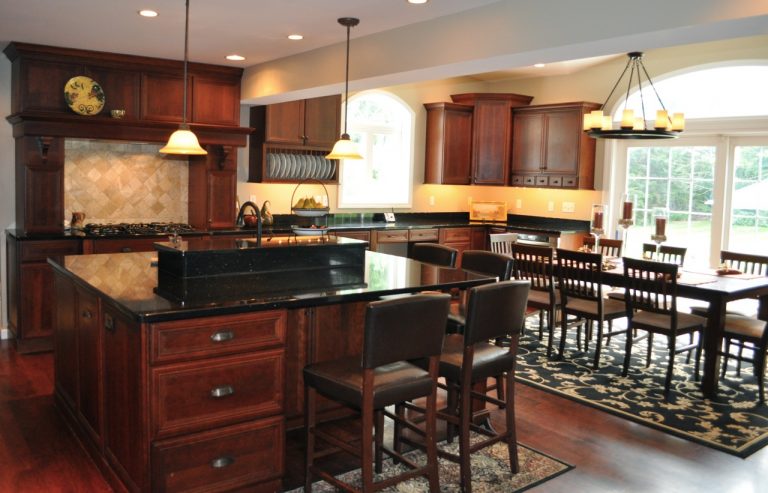
Granite provides a stunningly constant color and texture for every type of room, whether it is used for flooring or slabs. Experts in natural stone claim that black granite has a wide range of uses, both indoors and outdoors, depending on the user’s preferences.
When granite is used in an area that receives natural light, its glossy surface gleams and exudes luxury. Stone is a versatile material that may be used to create eye-catching floors, architectural elements, exterior cladding, and countertops.
Dark Granite Colors For Any Kind of Space and Design
Compared to other granite varieties, the qualities of dark granite are comparable or, in certain situations, even superior. The stone needs very little upkeep and is heat- and water-resistant. It only has to be cleaned with soapy water to be thoroughly sanitized. So, regardless of the project that is selected, the stone is durable and withstands even extremely cold conditions.
Let’s examine a few uses for black granite that may make it a wise decision.
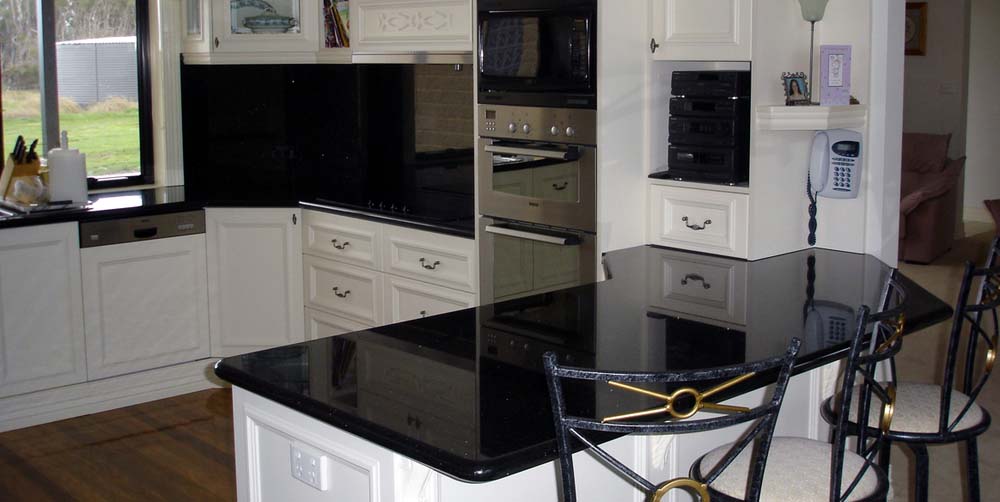
Kitchen Countertops – A dark granite color is a wise option if you’re looking for a robust countertop that will hold up over time. Everything seated around a polished black countertop is highlighted by its mirror-like sheen. Light-colored design components or wood cabinetry go really well with black granite. Combining the stone with the stainless steel elements that surround the kitchen is another fantastic design concept. Its use of black and steel gray creates an elegant appearance.
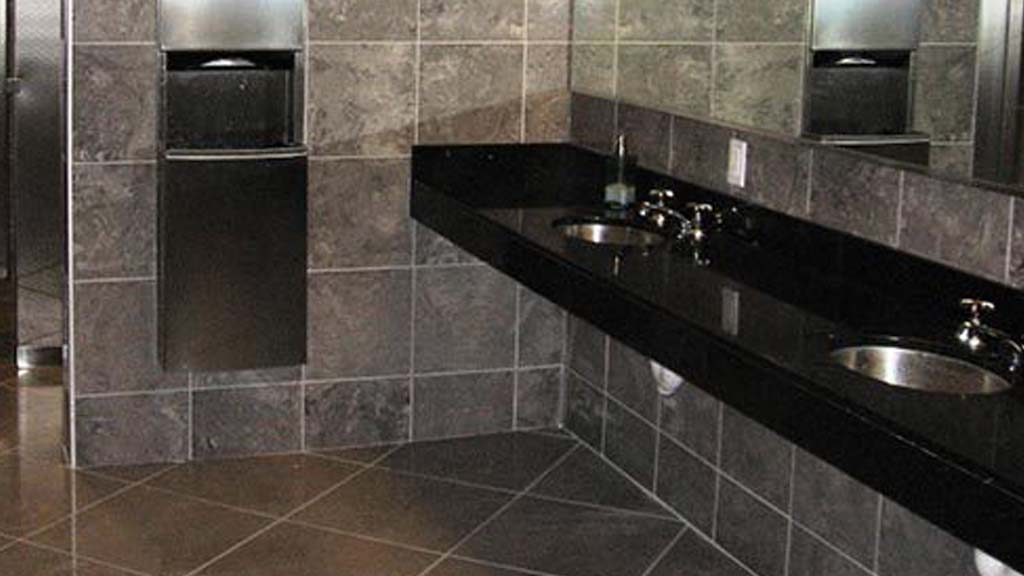
Bathroom – The best material for bathrooms is black granite. The stone gives a sophisticated touch and a distinct dimension, making it an excellent choice for bathrooms. The stone offers protection against heat, moisture, and humidity.
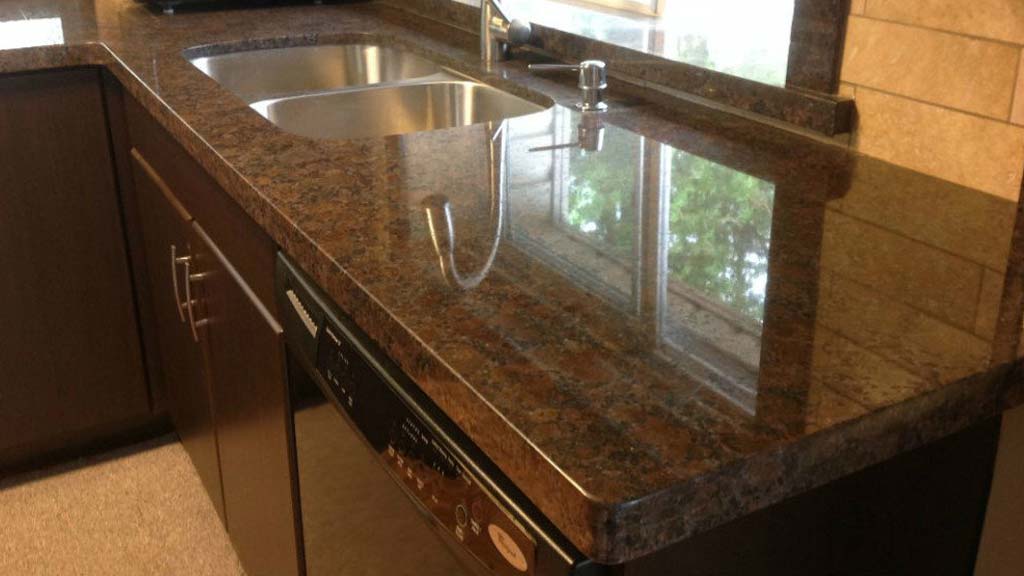
Worktops – Dark stone is a fantastic material when it comes to customizing bar tops and worktops. Because this stone is resistant to heat and scratches, the laundry room tabletop is made of a slab of black granite.
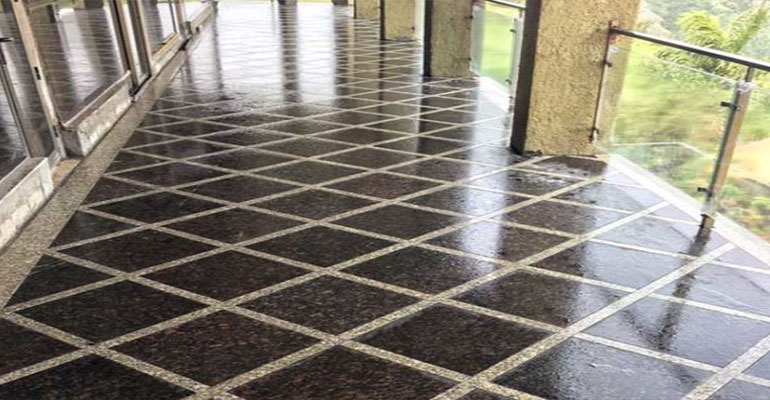
Flooring – Dark-shaded floors give any room depth and intensity. The use of granite slabs or tiles for flooring enhances the visual appeal and gives the area a timeless appearance. Installing black granite floor tiles in areas with large windows and lots of natural light is advised by experts in natural stone.
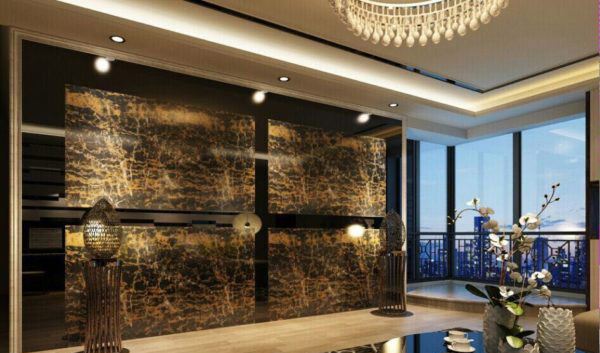
Wall Accent – Even the most basic home design can be made to seem amazing with just a little work by installing black stone on accent walls. Granite can be utilized behind shower or bathtub enclosures, as well as accent walls in bathrooms. It also creates a timeless background for walls in kitchens and living areas.
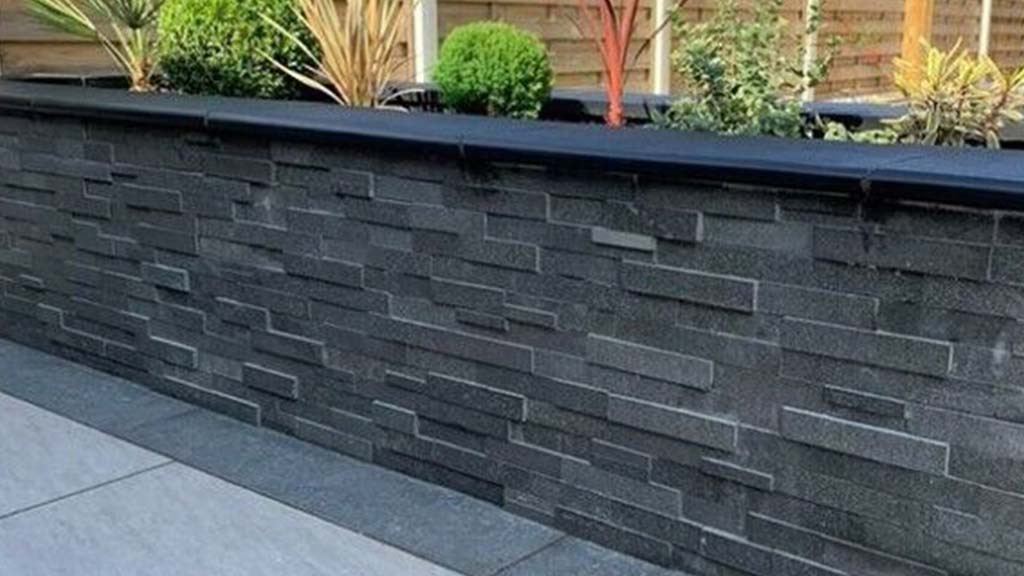
External Cladding – Black granite is a creative choice for wall cladding since sunshine brings out the beauty of this material wonderfully. It is also a superior option to other stones because it resists deterioration in quality and appearance even when exposed to sunlight, dust, and water.
Why choose Regatta Granites India?
Being a leading manufacturer and exporter of Indian granite, Regatta Granites India has carved a niche in the market by supplying top-quality natural stones to construction companies, architects, granite importers, fabricators, and others.
We supply all prominent dark granite colors to
buyers including black, brown, green, grey, blue, etc. Our in-house
manufacturing capabilities enable us to meet the specific natural stone
requirements of our buyers in a feasible and effective way. Since our
inception, we have been sourcing genuine and beautiful Indian granite from
various granite quarries located across the country. This helps us offer almost
every type of dark granite found in India.

